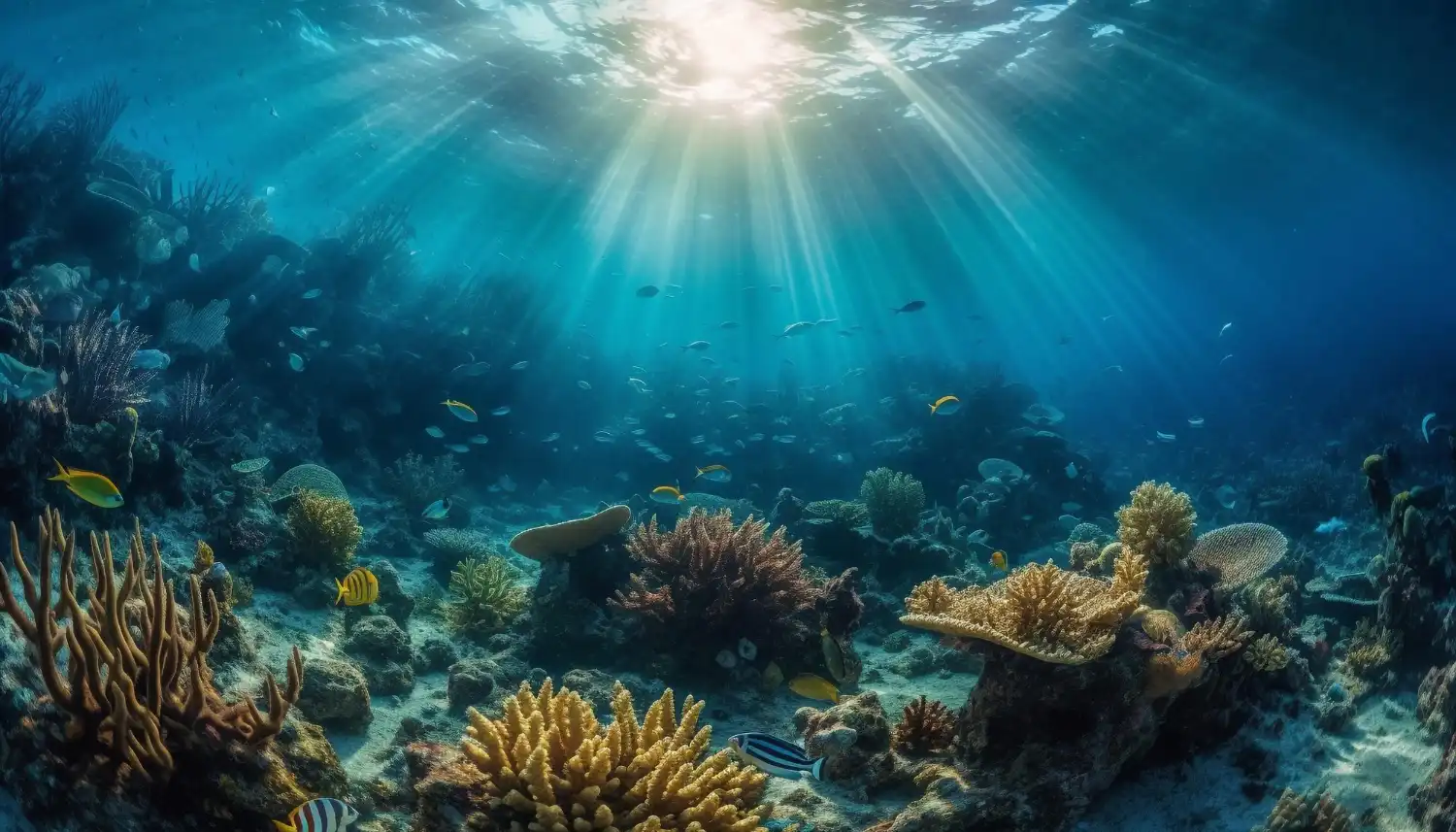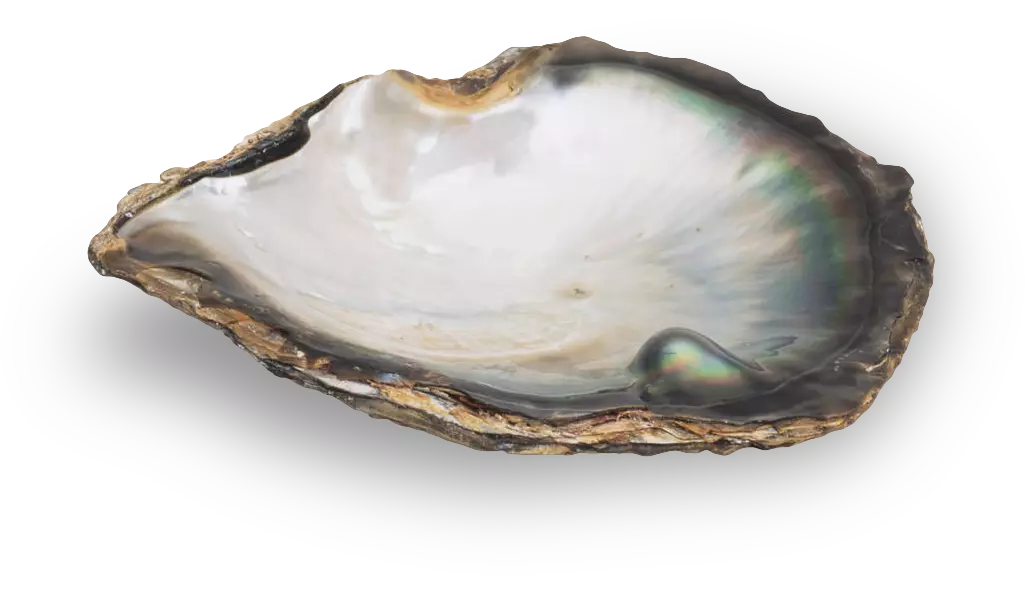The term ''sustainable'' can mean anything and everything if it is not tied to rigorous scientific parameters, which is why we selected Ecocrest certification and the Genoa Aquarium Foundation as our project partners.
Per single oyster, 8.36388 grams of carbon can be sequestered per 2-year lifecycle, or a range of between 1,400 to 2,500 kilograms of carbon sequestration per hectare, depending on which the farm is located. The main advantage of oyster farming is that unlike other ocean sequestration techniques, the oyster shell permanently removes carbon from the ocean as well as the atmosphere.
“This aspect will become more important as global warming and ocean carbon capacity affect the amount of carbon absorbed by oceans. Regardless of anthropogenic policy making, however, shellfish will continue to play their role in mitigating the greenhouse effect.”
From these results that oyster farming should be considered as a possible carbon sequestration technology.
[Source Could Oyster Shells Sequester Carbon? | EarthTechling]


